Description
The CPVC Reducer MTA is a highly versatile and essential fitting for creating complex junctions in a plumbing system. Made from durable chlorinated polyvinyl chloride, this fitting is expertly engineered to perform two key functions: reducing the pipe size and transitioning from a solvent-weld connection to a male threaded one. This makes it an ideal component for a variety of applications where a secure and reliable transition is needed.
Uses:
-
Connecting to Smaller Fixtures: The primary use of a Reducer MTA is to connect a larger CPVC supply line to a smaller fixture or valve that has a female threaded inlet. This is common when a main distribution line needs to connect to a branch line for a water heater or a filter.
-
Creating Service Points: It can be used at strategic points in a plumbing system to create a service point that can be easily connected to or disconnected from.
-
Streamlining Pipe Connections: This fitting simplifies the plumbing layout by combining the function of both a reducer and an adapter into a single, compact component, which can save space and reduce the number of potential leak points.
Advantages:
-
Secure and Reliable Connection: The combination of a strong solvent-weld bond and a tight threaded connection ensures a reliable, leak-proof joint. The plastic threads are less prone to rust and corrosion than metal, ensuring a long-lasting seal.
-
High Temperature and Pressure Resistance: Like other CPVC fittings, the Reducer MTA is designed to handle hot and cold water applications, withstanding temperatures up to 200°F (93°C) and maintaining durability under a wide range of operating pressures.
-
Corrosion and Chemical Resistance: The material will not rust, scale, or corrode over time, ensuring a clean and consistent water flow. It is also resistant to a variety of common chemicals.
-
Simplified Installation: The fitting can be easily joined to a CPVC pipe with solvent cement, and the threaded end allows for a straightforward connection to other components. This simplifies complex transitions in a plumbing layout.

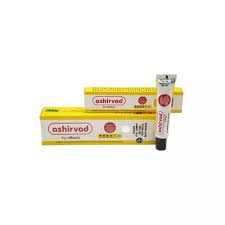
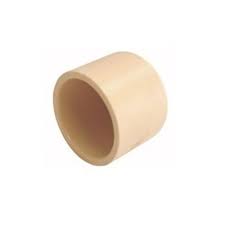
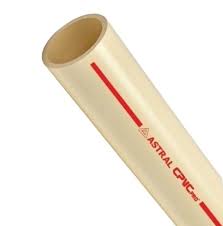
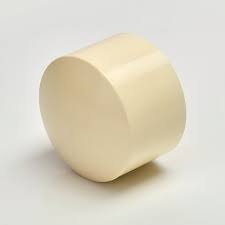
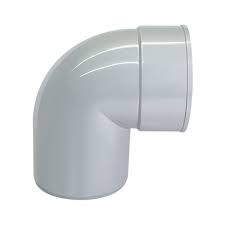 SWR 87.5° Bend - 160mm
SWR 87.5° Bend - 160mm 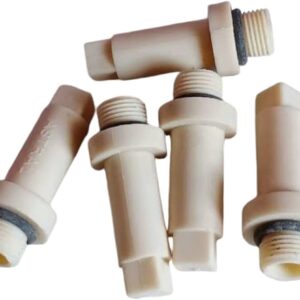 Plug
Plug
Reviews
There are no reviews yet.